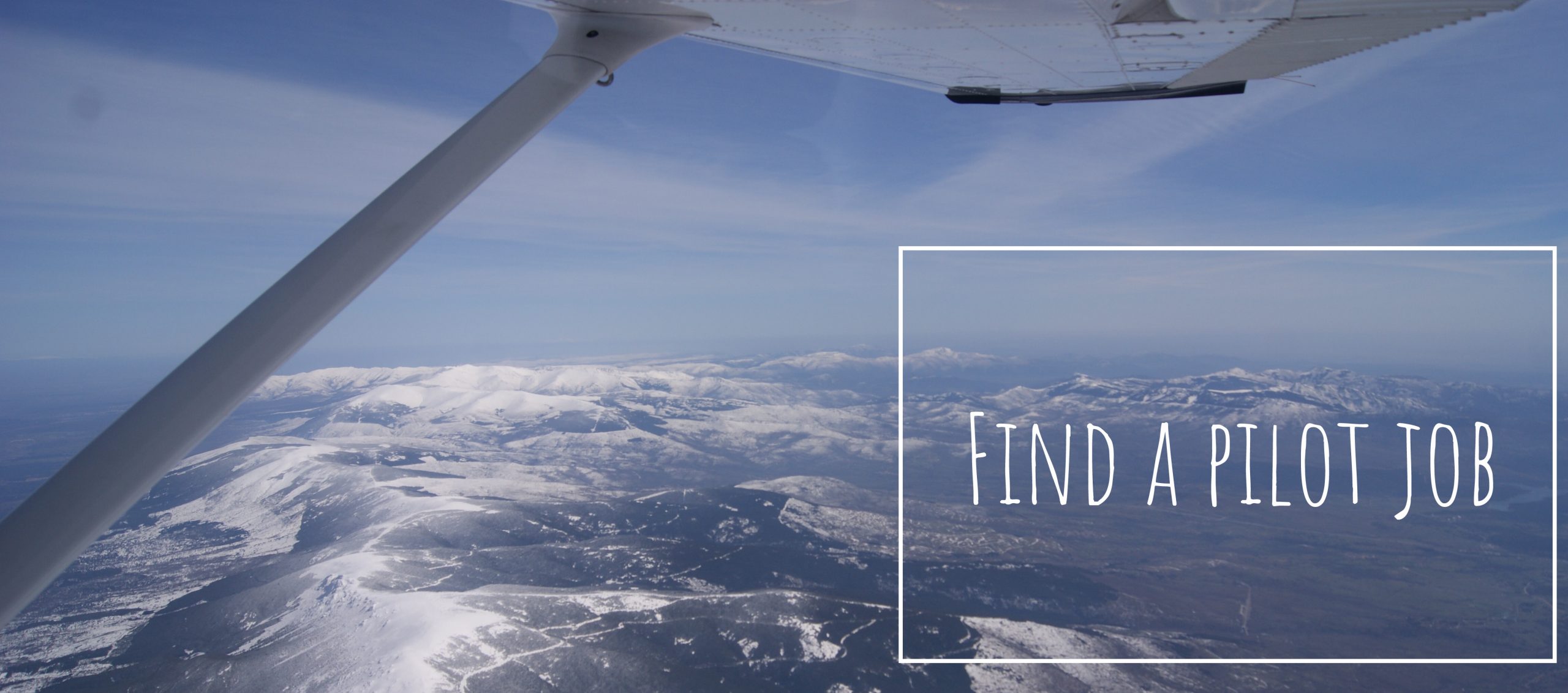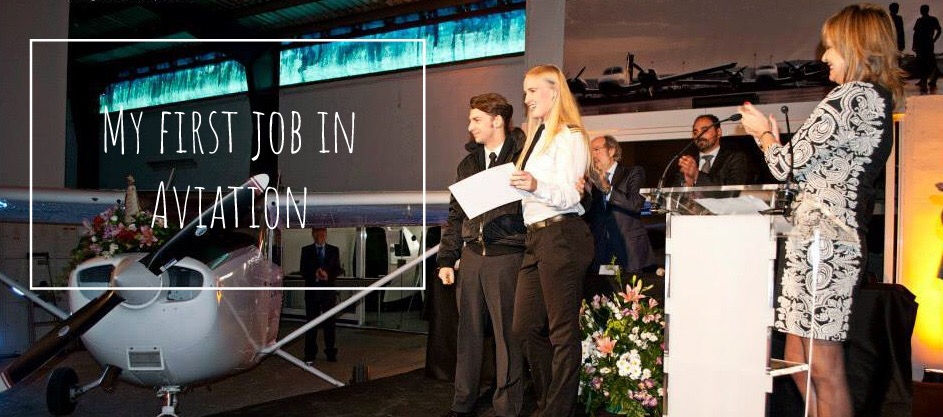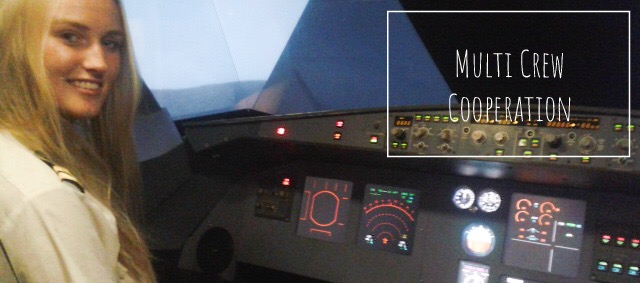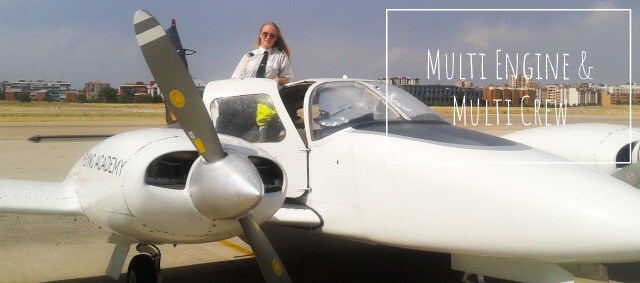My own experience #09: Airline pilot at age 21
In September 2014, less than a year after graduation, I got an e-mail from my flight school to ask if I could send my CV. An Airline was visiting the school to go through the CVs of graduates. I sent my CV immediately and a few weeks later I was invited for the pilot selection. I asked for days off at work and went with my roommate Ruben, who was also invited for the selections, to Barcelona. We went a few days earlier to study together and be fully prepared for the interviews.





